Dermal Fillers For Acne Scars: Types, Working, & How To Use
Attain flawless skin by exploring the world of dermal fillers for acne scar treatment
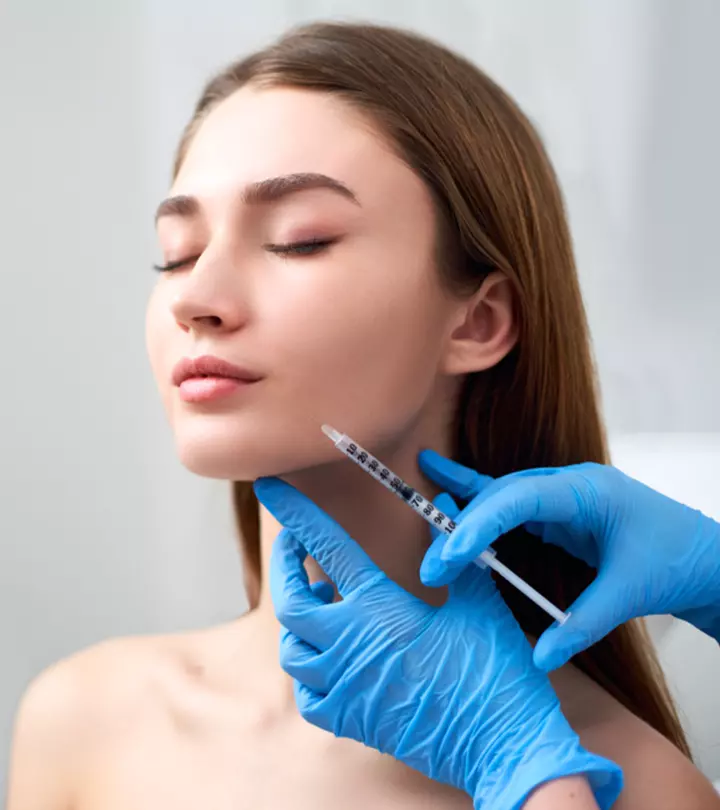
Have you gotten rid of your acne but still have scars? When the evidence of a history of agony and anxiety remains on your face, you will likely feel like the acne never really went away. Fortunately, there is a solution – dermal fillers for acne scars. This procedure is performed by a professional or a doctor who injects collagen or hyaluronic acid fillers into the scars. Keep reading to learn everything about this procedure!
In This Article
What Are Dermal Fillers For Acne Scars?
Dermal fillers add fullness to acne scars and help minimize their appearance. Ingredients like collagen, hyaluronic acid, and polymethyl-methacrylate microspheres (PMMA) are injected into the skin to plump up the scars and soften their appearance.
Key Takeaways
- By adding fullness to acne scars, dermal fillers minimize the scars’ appearance.
- With additional care, their effects may last for a relatively long period (6 months or more).
- Hyaluronic acid fillers and collagen-based dermal fillers are the two major types of dermal fillers.
The Procedure
The process starts with a consultation with a registered doctor or dermatologist. They will inspect your skin and inquire about your medical history and any allergies that you may have.
The doctor will recommend a dermal filler based on your answers. They will inject 0.5 mL of the product into your skin, just below your scar. However, the amount of product or filler may vary, depending on the number and depth of the scars.
It will take up to two weeks for the fillers to noticeably minimize your acne scars. During this time, you have to follow the after-care guidelines provided by your doctor.
Dermal fillers may last for 6 months or more, after which you may have to go for a second procedure. This is not a one-time solution for acne scarring.
 Did You Know?
Did You Know?There are several in-office procedures like chemical peels, dermabrasion, and laser treatment for acne scars. However, several factors make dermal fillers a better option than the others.
Why Go For Dermal Fillers?
The major USPs of dermal fillers are:
- They do not cause much discomfort. However, it depends on your pain tolerance levels. Anupa, a blogger, shared her experience about getting a dermal filler procedure done on her face in her blog. She said, “Initially, like a lot of you, I too had second thoughts about getting a procedure like this done on my face (i).” She added, “It was pretty fast. Also, I need to admit that it is not 100% painless but it is something so minimal that it’s bearable. It is a lot less painful than waxing! More like an ant bite.”
- You will see immediate results as the downtime for healing is less than other procedures.
- The effects may last for a relatively long period (6-8 months) with additional care. You may have to go for the procedure once a year.
- It lifts the indented skin and improves the skin texture.
- Some fillers may help the skin produce collagen that gradually minimizes the scars appearance.
- The risks are minimal. You may experience mild bruising and swelling, but they go away within a few days.
- While more research is required for this, dermal fillers seem to have a higher success rate for certain acne scars than other procedures.
Fillers work amazingly for indented scars. Take a look.
Dermal Fillers For Acne Scars: Before And After
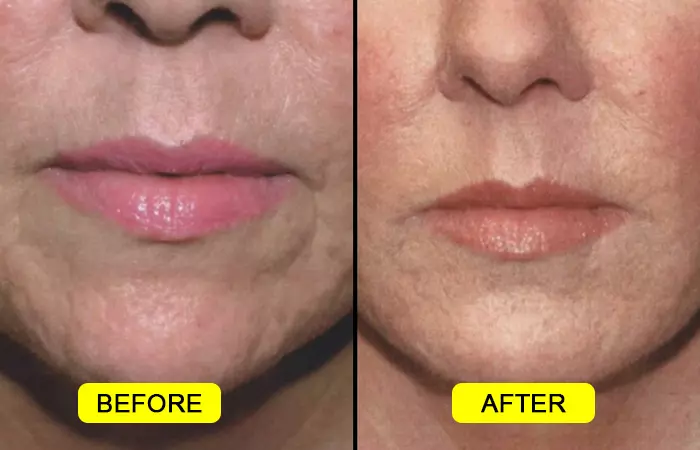
There are different types of dermal fillers available on the market. They are made of different ingredients and can be used for acne scars and other facial improvements.
Types Of Dermal Fillers Available For Acne Scars
Three major types of dermal fillers are used to improve acne scars:
1. Hyaluronic Acid Fillers
Our body naturally produces hyaluronic acid to maintain the skin’s hydration levels. Dermatologists may use different variations of this filler to ensure a clean finish.
Some of the popular hyaluronic acid dermal fillers include Belotero and Restylane. Restylane fillers last for 6-9 months, while Belotero can last up to 12 months.
In the 2020 Plastic Surgery Statistics Report prepared by the American Society of Plastic Surgeons, hyaluronic acid fillers such as Juvederm Ultra™, Restylane™, and others were incredibly popular, with a total of 2,619,650 procedures performed. Among these, 97% were carried out on female patients. Although the overall number of procedures saw a decline of 11% from 2019, hyaluronic acid fillers remained one of the top choices in minimally-invasive cosmetic procedures.
2. Collagen-Based Dermal Filler
Collagen was the first material approved by the US FDA (United States Food And Drug Administration) for dermal fillers (1). Bellafill is the most commonly used collagen-based filler. It is used to fill severely indented scars and can also help to get rid of pitted acne scars as it contains 80% collagen and 20% polymethylmethacrylate (PMMA), a semi-permanent filler.
3. Poly-L-Lactic Acid Fillers
Poly-L-lactic acid (PLLA) fillers are designed to stimulate collagen production, gradually improving skin texture and addressing volume loss (2). Unlike immediate fillers, PLLA fillers work over time, with results appearing gradually. PLLA is a biocompatible substance that promotes the synthesis of natural collagen when absorbed by the body. These fillers are particularly effective for treating deeper wrinkles, folds, and atrophic acne scars. The gradual nature of the treatment provides a subtle and natural-looking rejuvenation. While individual results may vary, PLLA fillers generally offer longer-lasting effects compared to other fillers, with the benefits potentially lasting up to two years or more. Multiple sessions are often recommended for optimal results.
Collagen and PLLA fillers replenish the lost natural collagen in the scar and restore its support structure. However, dermal fillers do not work for all acne scars.Keep reading for more details.
Do Dermal Fillers Work On All Acne Scars?
No. Dermal fillers work only on atrophic scars. Acne scars are of two types:
- Atrophic Scars: These are flat and cause depressions on the skin. The different types of atrophic scars include boxcar, ice pick, and rolling scars.
- Hypertrophic Scars: These are raised bumps of scar tissue.
Dermal fillers may cause a few side effects. Check out the next section.
Side Effects Of Dermal Fillers For Acne Scars
You may experience mild side effects immediately or after a week of the procedure. The symptoms include:
- Redness
- Itching
- Swelling
- Bruising
- Rashes
- Mild pain
In most cases, these side effects go away on their own. To avoid any serious damage, avoid exfoliating your skin with physical scrubs or facial acids. Inform your doctor if the side effects do not subside after two weeks.
 Pro Tip
Pro TipWhen considering dermal fillers for acne scars, make sure that you meet the criteria mentioned below.
Who Can Use Dermal Fillers For Acne Scars?
You may go for dermal fillers if
- You are over 21 years of age.
- You have deep acne scars.
It is better to consult a dermatologist and get your scars and skin evaluated before opting for dermal fillers. Avoid the fillers if you have cuts and wounds on your skin.
Acne scars can make one anxious and distressing to look at. The good news is you can opt for dermal fillers for your acne. This is a cosmetic procedure where your doctor injects your acne scars with hyaluronic acid or collagen to boost the healing of the scars. These reduce the appearance of scars and show visible results almost immediately. However, dermal fillers only work on atrophic and hypertrophic scars. You may experience mild side effects after the procedure such as swelling, redness, or bruising which go away on their own in some time. Consult your doctor if these side effects persist after two weeks.
Frequently Asked Questions
How much do dermal fillers cost?
On average, fillers cost between $600 & $1200 per syringe. The number of syringes needed per treatment depends on the patient. So, the actual cost will depend on the dosage, your skin’s needs, and the number of sessions you need.
Are acne fillers permanent?
No, acne fillers are not permanent. They wear off after a few months. So, you will likely need sessions every 4 to 6 months for desired results.
Can dermal fillers cause cystic acne?
Dermal fillers do not usually cause cystic acne. However, if the filler is injected too superficially into the skin, it can cause complications. This may result in severely inflamed cystic acne.
What happens when dermal fillers wear off?
The skin will go back to how it used to look before dermal fillers when they wear off. But, in some cases, the skin does not show much change and looks the same even if the dermal filler wears off. The result depends on the type of treatment.
Do dermal fillers cause scar tissue?
Dermal fillers usually have a good safety profile and do not cause scar tissue. However, if the fillers are not injected properly, it may result in some complications like scars and breakouts.
Watch the following video to learn about using dermal fillers to address acne scars. It talks about techniques and gives insights on minimizing scars with this procedure for smoother skin.
Personal Experience: Source
StyleCraze's articles are interwoven with authentic personal narratives that provide depth and resonance to our content. Below are the sources of the personal accounts referenced in this article.
(i). Things you should know about Fillers! Results? Read it now! | Ft. Kosmodermahttps://anunomics388658241.wordpress.com/2019/01/09/things-you-should-know-about-fillers-results-read-it-now-ft-kosmoderma/References
Articles on StyleCraze are backed by verified information from peer-reviewed and academic research papers, reputed organizations, research institutions, and medical associations to ensure accuracy and relevance. Read our editorial policy to learn more.
- Collagen-based dermal fillers: past, present, future
https://pubmed.ncbi.nlm.nih.gov/19415578/ - Poly-L-Lactic Acid
https://www.ncbi.nlm.nih.gov/books/NBK507871/#:~:text=Poly%2DL%2Dlactic%20acid%20is,induced%20lipoatrophy%20in%20HIV%20patients.
Read full bio of Dr. Manasi Shirolikar
Read full bio of Ramona Sinha
Read full bio of Anjali Sayee
Read full bio of Monomita Chakraborty







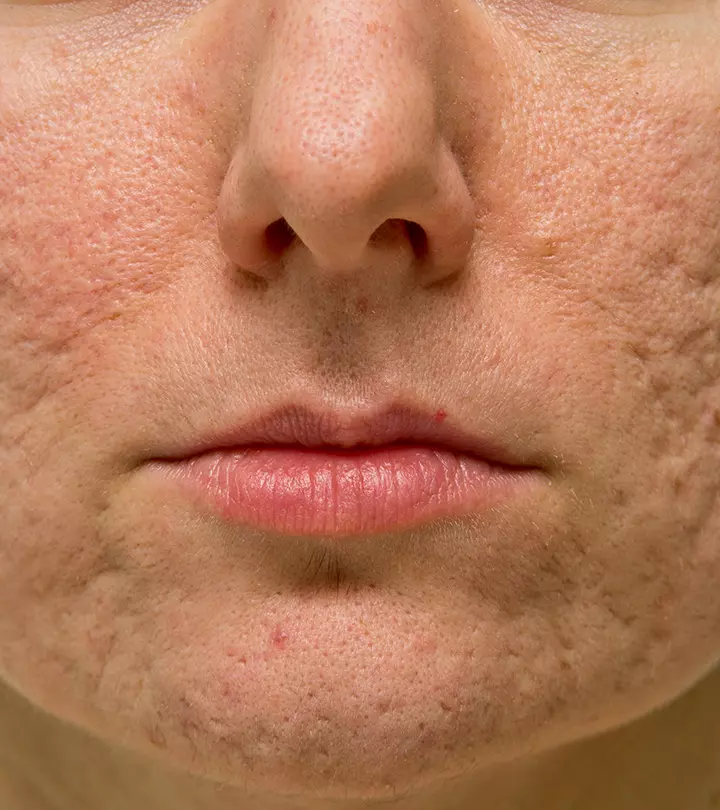
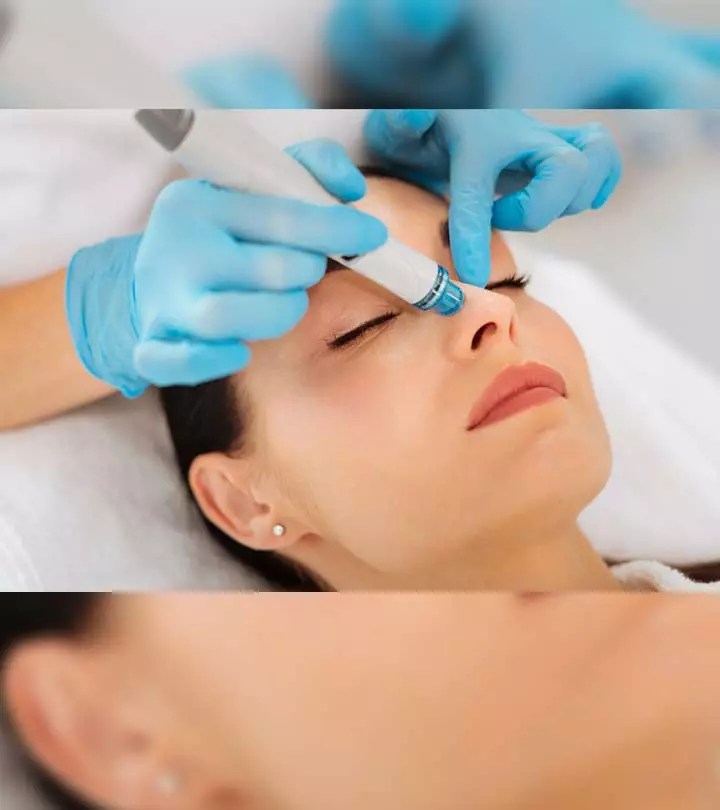
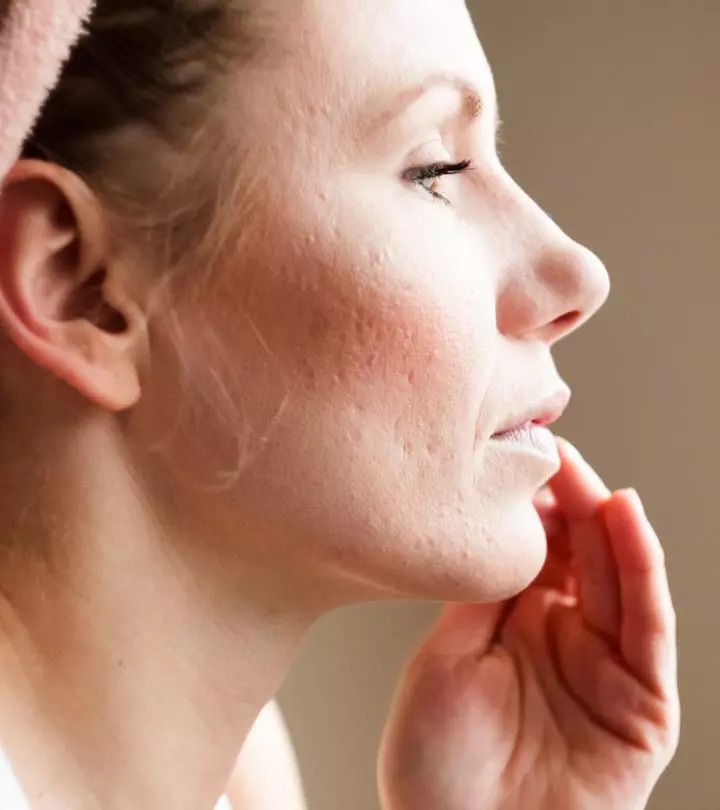




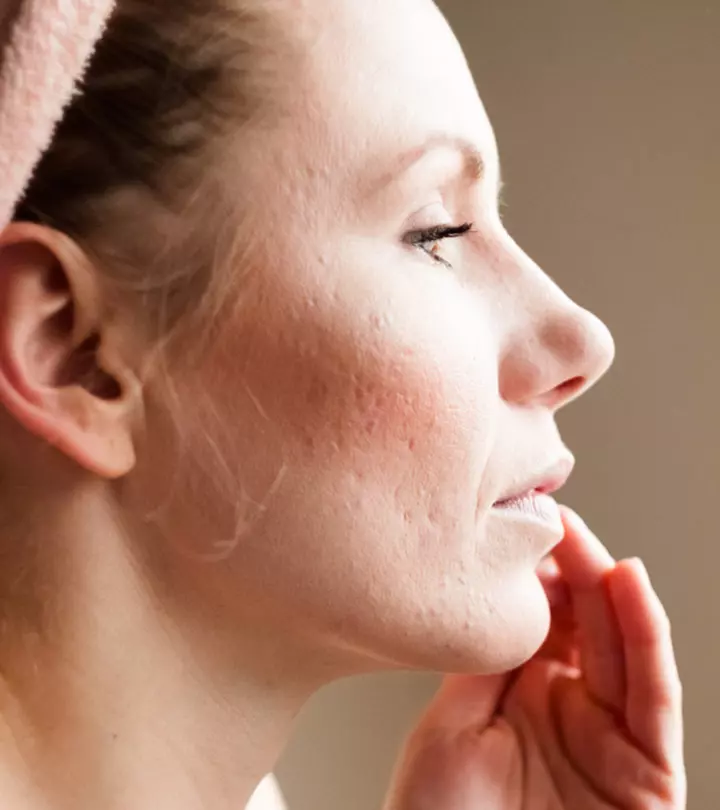

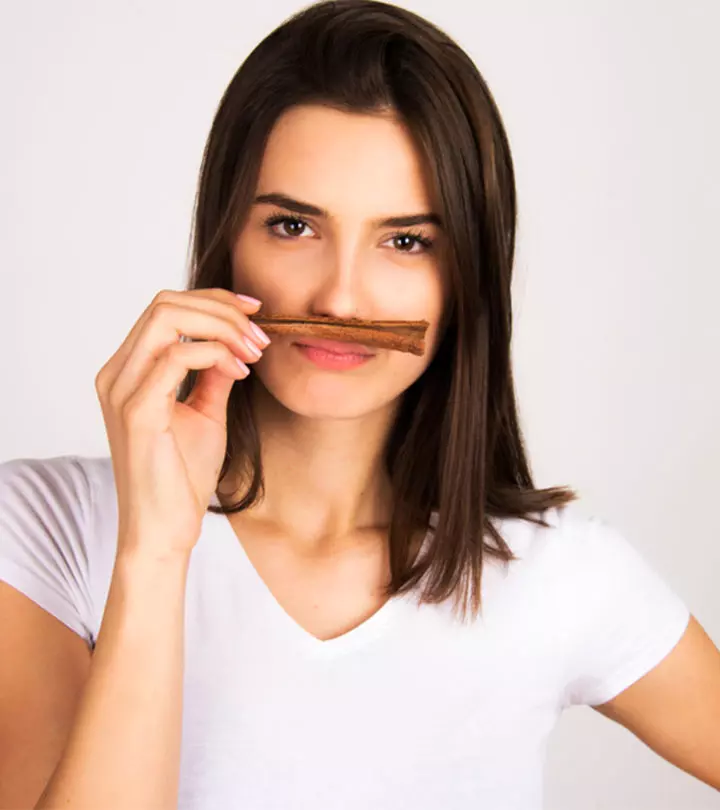
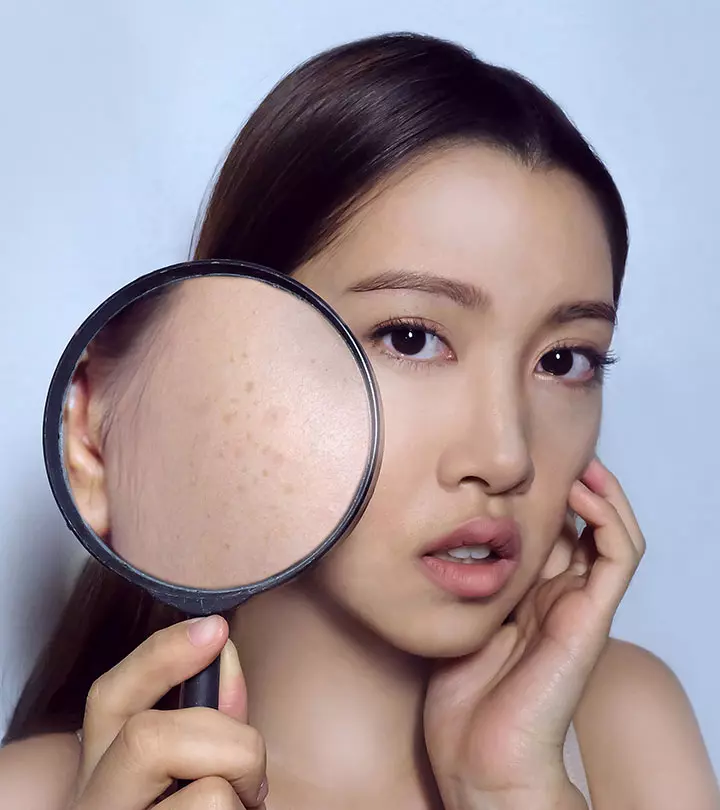
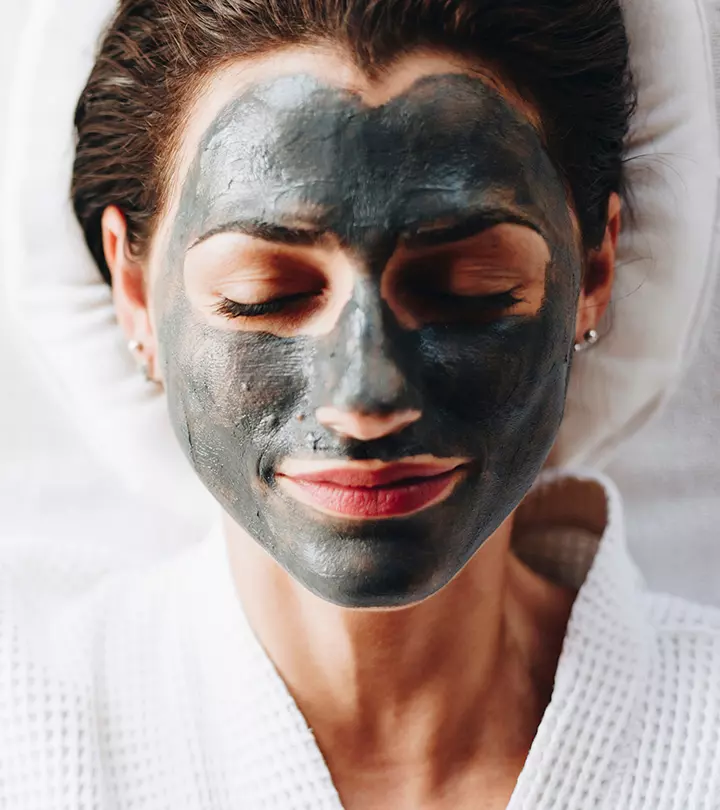


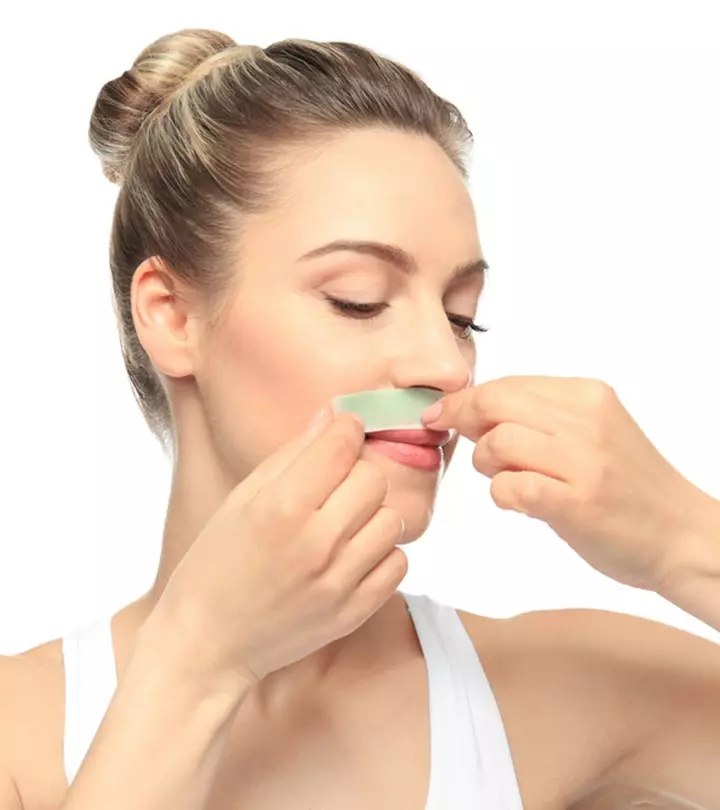

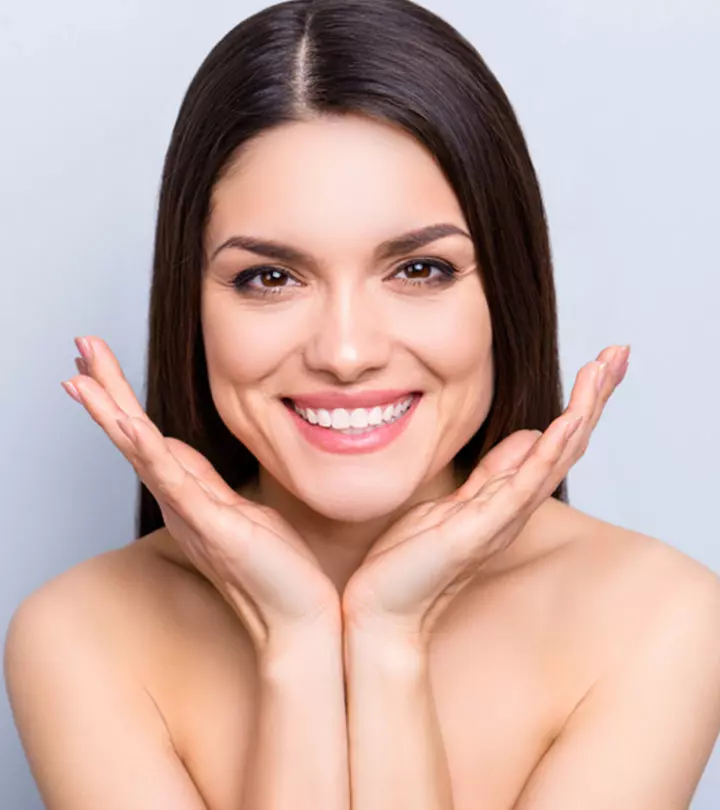

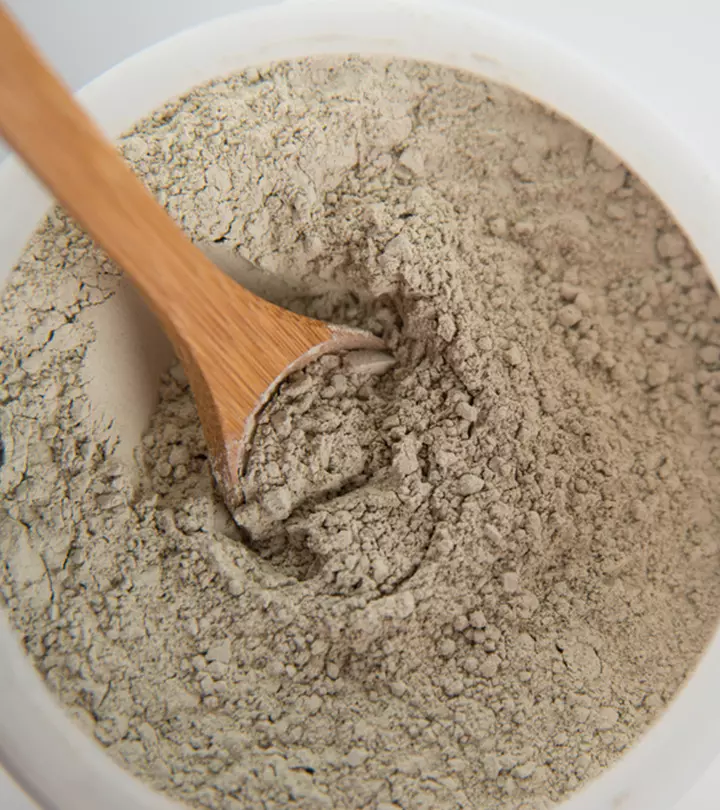


Community Experiences
Join the conversation and become a part of our empowering community! Share your stories, experiences, and insights to connect with other beauty, lifestyle, and health enthusiasts.